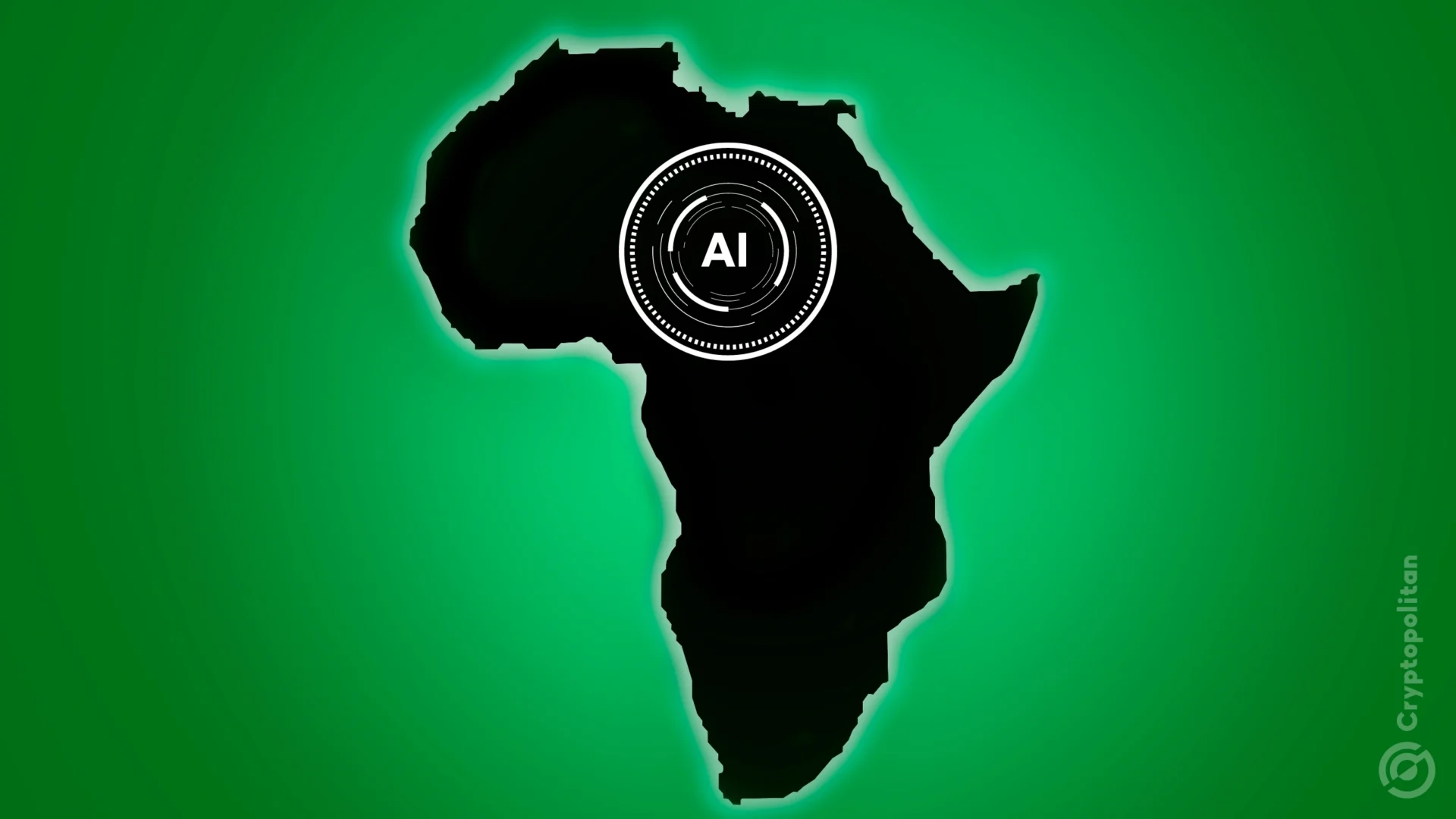In a remarkable advancement for healthcare, a team of engineers at the Massachusetts Institute of Technology (MIT) has introduced a pioneering approach for remotely appraising patients’ motor function. This inventive strategy melds computer vision and machine-learning techniques, effectively evaluating individuals with motor disorders, particularly cerebral palsy. This innovative solution streamlines the evaluation process and promises to revolutionize the assessment and management of various neurological conditions.
Transforming the landscape of patient assessment
Accessing a doctor’s office can be cumbersome and financially taxing, especially for parents of children with motor disorders such as cerebral palsy. The requirement for frequent in-person evaluations, each consuming up to an hour, imposes logistical and emotional challenges. MIT’s novel approach seeks to substantially alleviate these burdens.
Leveraging computer vision and machine learning
The MIT engineers harnessed the capabilities of computer vision and machine learning to develop a remote evaluation solution. By scrutinizing real-time patient videos and identifying specific patterns of poses within video frames, the system can compute a clinical motor function score. This groundbreaking approach presents a lifeline to individuals with motor disorders and their families.
Extensive testing involving videos of over 1,000 children with cerebral palsy yielded remarkable results. The method consistently assigned clinical scores with an accuracy rate surpassing 70%, closely mirroring assessments conducted by in-person clinicians. This level of precision signals a new era in remote patient evaluation.
Accessible evaluation via mobile devices
One of the most noteworthy attributes of this groundbreaking technology is its versatility. Patients can employ various mobile devices, including smartphones and tablets, to record videos of themselves at home while engaging in their daily routines. The system can then rapidly analyze the videos, producing a clinical score that can be shared with healthcare providers for assessment. This accessibility empowers patients to take charge of their evaluations and diminishes the need for frequent hospital visits.
While the initial focus is on children with cerebral palsy, MIT’s engineers harbor broader ambitions. They are adapting the method to assess children with metachromatic leukodystrophy, an uncommon genetic disorder affecting the nervous system. Moreover, they aspire to extend its application to evaluating patients who have endured a stroke, demonstrating the potential for this technology to be employed across an array of motor-related conditions.
To develop this groundbreaking method, the MIT team commenced by examining pose estimation algorithms capable of interpreting human movements from video footage. They collaborated with a publicly available dataset featuring children with cerebral palsy, with each video tagged with a clinical assessment score. This dataset served as the foundational groundwork for the project.
Machine learning empowers diagnostic accuracy
The researchers deployed a Spatial-Temporal Graph Convolutional Neural Network, a potent machine-learning process adept at processing spatial data that evolves. They achieved impressive outcomes by training this neural network to recognize characteristic patterns in children with cerebral palsy movements. They initially refined the network using a broader dataset featuring videos of healthy adults engaged in diverse activities. This approach yielded a more precise classification of children’s mobility levels.
Technology accessible to all
The adaptability of this method extends to its compatibility with an array of mobile devices. After conducting tests on smartphones, tablets, and laptops, the team observed that most devices could proficiently execute the program and generate clinical scores in real time. This accessibility lays the groundwork for developing a user-friendly app that patients and their families can utilize to analyze videos from the comfort of their homes, delivering convenience and mitigating the stress associated with in-person evaluations.
Beyond its immediate applications, the MIT team envisions this technology as a versatile tool capable of evaluating a broad spectrum of motor-related conditions, including stroke and Parkinson’s. Alberto Esquenazi, Chief Medical Officer at Moss Rehabilitation Hospital in Philadelphia, expressed optimism about the potential impact of this technology. He emphasized its capacity to enhance care, reduce healthcare expenses, curtail families’ need to take time off work and enhance patient compliance.
Anticipating treatment efficacy
Looking ahead, the remote evaluation method may serve an additional pivotal role – predicting treatment efficacy. By facilitating more frequent evaluations, clinicians can promptly gauge the impact of interventions, potentially leading to enhanced patient outcomes.
MIT’s engineers have ushered in a new era of patient evaluation with their inventive remote assessment method. By combining computer vision and machine learning, they have crafted a tool that empowers patients, alleviates stress, and holds the potential to enhance care for those with motor disorders. As this technology continues to evolve, its impact on healthcare accessibility and quality is poised to be transformative.





